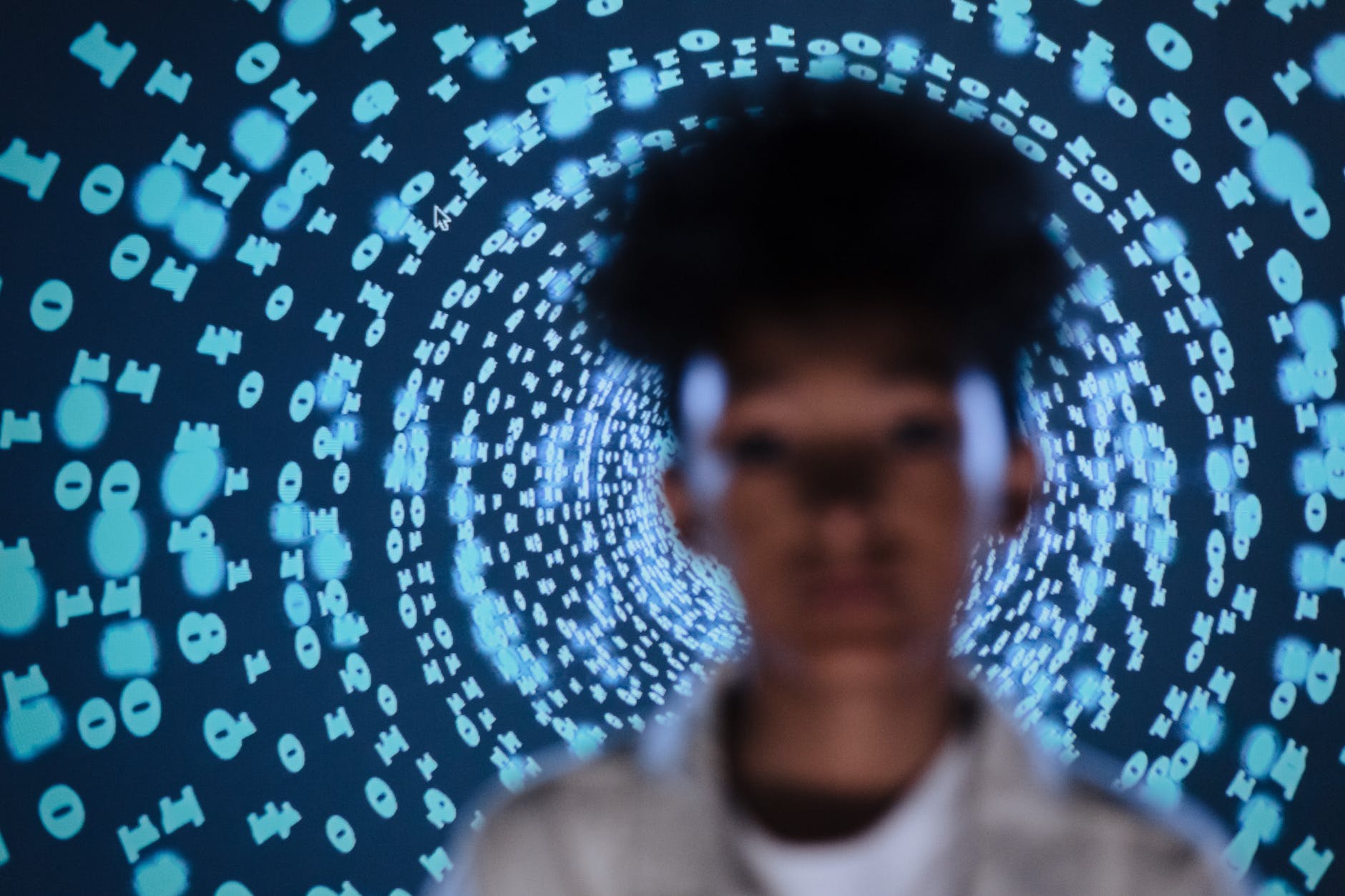
A little over two years ago, I started wondering about how to make working remotely easier. It started with the advantage that co-located teams had over those that were dispersed (over time or location). While asynchronous communication can help with project delivery and coordination, serendipity, open discussions, relationships are more difficult. These x-factors were the focus here. The issue took on a whole new meaning once the lockdowns hit and all of us were impacted by the same conundrum.
The solution, by definition, would start with Virtual Presence. However, it had to be more than “better” video conferencing (which is what it was at the time). What would that look like and how would it be implemented were the questions. The beginnings of a vision came from an unlikely source. My kids were really into Fortnite at the time, making me spend hours watching and applauding their achievements. The engagement levels got me thinking.
Conversations with friends and associates started to bring the picture a bit more in focus. The thoughts progressed…
What if we could create a virtual world that represented the workplace an organisation wanted?
What if customised Avatars were available to the employees?
What if these Avatars could provide insight into the individuals – skills, backgrounds, achievements, preferences, objectives?
What if we could walk the hallways and meet others in the same corridors serendipitously?
What if we could use spatial audio and have conversations? What if others within “earshot” could hear us and join the conversation?
What if we could retire to a cafe to continue the conversation?
What if we could do interactive learning? Self-paced or instructor led?
What if we could have a designated spot for specific subjects? A place where we could find “live” expertise which could be verified by their enriched avatars?
What if we could have client spaces? For learning about the organisation (passive) or interact with employees (active)?
You get the drift. Each discussion resulted in a greater euphoria as to why this would be nirvana for every person and every organisation. The applicability seemed to range from educational institutions to corporate houses to conferences and beyond. Such joy…
However, as we got deeper, a sense of the dependencies needed started to knock on our dopamine laden brains. That led to an analysis of the potential impacts of this. You might understand why we freaked out a little based on some of those thoughts.
Processing Power. We realised that going to anything beyond basic Avatars might lead to prohibitive performance requirements. Having an anywhere, any time availability meant that there needed to be enough processing on the server side as well as device side. Quality graphics became an issue and the effectiveness without it was a little less exciting.
Security. As we added the features listed above, and more, we began to realise that pretty much every system across the organisation would need to be linked to this. Access control, suddenly, did not seem so simple any more. As an example, consider the information needed from HR systems linked into this environment which is accessible anywhere, any time. We could visualise ourselves getting a headache
Lock-in. This started looking like a huge undertaking. If the whole organisation would need to be part of this vision, it would become increasingly difficult to avoid lock-in. Migrating to an alternate solution would cease to become a possibility at some point. Would anybody want to take a risk like this for the long term and be secure in the decisions being taken today with only current information? The headache starts to look worse.
Privacy. And this one took the cake. Are we comfortable being tracked by the organisation? Every action, every conversation, every contact? In a world like this, there would be no way to keep anything unsurveilled or off the record. This is when we realised that this is something we need to be very deliberate with.
Why am I writing about this today? The recent announcement by Meta brought back the whole experience.
Horizon Worlds, Horizon Workrooms, et al bring back the vision that we were thinking of. Along with the Meta Portal and Meta Quest, they bring a promise of a mesmerising future. A future that shows us whatever we can imagine. It really sounds exciting, no matter which angle I approach it from.
However, the concerns that we have come to the fore again. I will wait for Meta to provide more information that I hope will help me understand how they will deal with these. Maybe SASE (in combination with others) will help with the security concerns. The effectiveness of the partner eco-system depends tremendously on this.
One more thought does get added to this. While we were concerned about one organisation having this power over a set of people, are we OK with one firm (or one person, if you prefer that) having this power over so many people around the world. With other offerings in the Metaverse space (like Satya Nadella talked about at Inspire 2021), one can always hope for a more decentralised and interoperable approach. This would also help tremendously with the lock-in concerns.
The privacy concerns, though, seem to be a bit more complex. Nothing new there, but this does take the implications to a new level.
